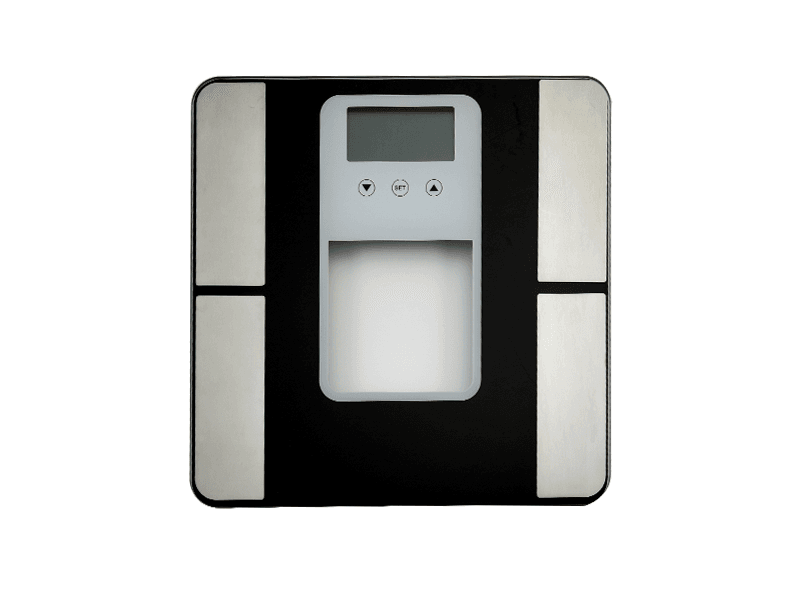Maintaining a healthy body weight is a goal shared by m […]
Maintaining a healthy body weight is a goal shared by many individuals, and measuring body fat plays a crucial role in assessing overall health. Traditional methods like calipers or tape measurements have been used in the past, but advancements in technology have introduced electronic body fat scales as a convenient and accessible tool for tracking body composition. These devices provide quick readings, estimating body fat percentage along with other valuable metrics. In this article, we will delve into the science behind electronic body fat scales and explore how they work.
Understanding Body Fat Percentage
Before diving into the functioning of electronic body fat scales, it's essential to comprehend the concept of body fat percentage. Body fat percentage refers to the proportion of fat mass in relation to total body weight. While some amount of fat is necessary for insulation, energy storage, and organ protection, excessive body fat can lead to health issues such as obesity, cardiovascular diseases, and metabolic disorders. Monitoring body fat percentage helps individuals gauge their overall health and adjust their fitness and nutrition routines accordingly.
Bioelectrical Impedance Analysis (BIA)
Most electronic body fat scales employ a method called Bioelectrical Impedance Analysis (BIA) to estimate body fat percentage. BIA is based on the principle that different tissues in the body conduct electricity differently. Fat, muscle, bone, and water have varying electrical conductivity due to differences in their composition.
How BIA Works
When you step onto an electronic body fat scale, it sends a harmless, low-level electrical current through your body. The scale measures the resistance encountered by this current as it travels through the body. Since fat contains less water and is a poor conductor of electricity compared to muscle, it creates greater impedance or resistance to the electrical current.
The scale calculates body fat percentage using a mathematical formula that incorporates the resistance measured, along with other variables such as age, gender, height, and weight. This estimation is based on established statistical correlations derived from population studies.
Electronic body fat scales have become popular tools for monitoring body composition due to their convenience and accessibility. The underlying science behind these scales relies on Bioelectrical Impedance Analysis (BIA), which measures the electrical resistance encountered by a low-level current passing through the body. While they provide estimates of body fat percentage, it's important to remember their limitations and understand that more accurate methods are available for those seeking precise measurements.
As technology continues to advance, we can expect further improvements in the accuracy and reliability of electronic body fat scales. However, it is always advisable to consult a healthcare professional or a qualified fitness expert for a comprehensive assessment of body composition and overall health.

Electronic Body Fat Scale ZT5106B1
Function:
1. Touch Button Function
2. Body weight, Body fat, Water content, Muscle percentage, Bone mass, BMI, BMR, AMR, Recommended calorie requirement
3. Zero, Net, Stable, Low Battery indicator
4. Large LCD display (backlight)
5. High-precision Sensors
6. Non-slip Feet Design
7. Step-on Automatic and Switch-off Automatic